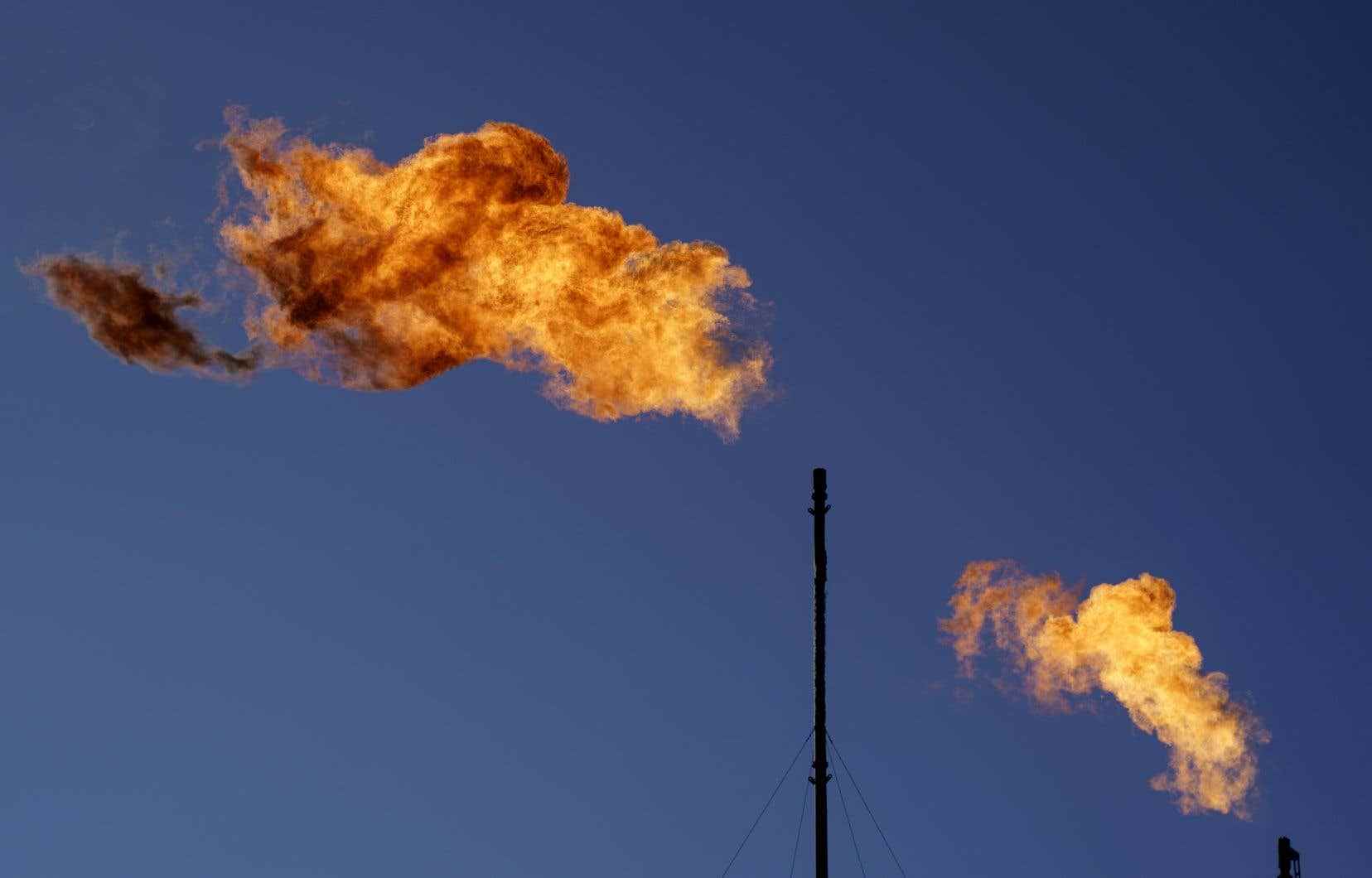New research conducted with state-of-the-art technology suggests heavy oil facilities in Saskatchewan are releasing nearly four times the amount of a potent greenhouse gas they report to the government.
The research, published in the scientific journal Environmental Science and Technologypresents new methods for measuring methane emissions that challenge current industry practices, says its author, Matthew Johnson, who is a professor of engineering at Carleton University in Ottawa.
“A lot of reports are based on estimates,” Johnson said. Obviously they are not very accurate. »
Methane is a by-product of petroleum production. It is often considered a greenhouse gas 25 times more potent than carbon dioxide. Industry and government are trying to reduce these emissions by three quarters, but it is difficult to measure the extent.
“These are tough steps to take,” Johnson acknowledges.
The industry typically relies on an estimate of how much methane rises to the surface for each barrel of oil, then multiplies that measurement by the amount of oil produced. In recent years, several studies using direct measurements from overflying aircraft have questioned this method.
Mr Johnson points out that the amount of methane associated with oil is highly variable, making calculations based on this report unreliable.
Johnson and his colleagues used the latest airborne technology as well as ground-based sensors to measure methane emissions from 962 heavy oil facilities in Saskatchewan.
They found that these sites were releasing 3.9 times more methane than had been reported in government data. That’s over 10,000 kilograms per hour, compared to industry estimates of almost 2700 kilograms per hour.
“That methane alone would be a significant contributor to Saskatchewan’s overall inventory,” says Johnson.
The importance of being precise
Getting an accurate picture of how much methane industry is releasing into the atmosphere is important for several reasons, according to Johnson.
First, industry and the federal government have agreed to reduce these emissions by 75% by 2030. Regulations to meet this target are expected this year and measuring a precise starting point will be crucial.
Second, Johnson says getting reliable, well-by-well analysis of emissions will be important for the industry in the future.
Methane emissions are not subject to the same taxes as carbon dioxide emissions, but that is changing. The United States is considering putting a price on methane released under its Inflation Reduction Act.
Good information will be key to knowing which wells will remain profitable as such price regimes become more widespread, Johnson says.
“If you add a price on methane, a lot of those wells won’t be profitable. »
However, Mr Johnson’s calculations suggest the cost of reducing this methane is low enough that companies need only two years to pay for themselves. And if the value of the oil produced is included, the payback period drops to nine months for many wells.
Even burning the methane would help, says Johnson.
“Just installing basic combustion mitigation technology won’t be a deal breaker for the well, and you can get pretty significant methane reductions. »
